Partial tasks
> Experimental search of Dark Matter in the experiment PICASSO
Experimental search of Dark Matter in the experiment PICASSO

The PICASSO (Project in CAnada to Search for Supersymmetric Objects) is
looking for non-baryonic cold dark matter via nuclear scattering in
high-purity large-mass superheated droplets detectors. The collaboration has
finished the Phase I of the experiment (3 detector modules, around 7 g of
active mass, each). Currently the second phase of the experiment is being
set up at SNOLAB in which 32-detector modules (of 4.5 l volume each) is
being installed. Upon completion, the underground detection array
will have a total of 2 kg of active mass.
The history of dark matter in the Universe started more than 70 years ago. Strong evidence exists that at least 90% of the mass of the Universe is due to some nonluminous matter. Up to now composition of dark matter is unknown but some characteristics have already been established: non-relativistic and non-baryonic particles. Detecting non-baryonic dark matter in the Universe might be a signal for new physics beyond the Standard Model. One of the most interesting candidates for dark matter are Weakly Interacting Massive Particles (WIMP`s). At present the leading candidate for WIMP is the so-called neutralino, particle predicted by the supersymmetric extension of the SM.
Cosmological WIMP`s can be detected by direct or indirect methods. Direct methods detect the recoil nuclei due to interactions (elastic scattering) of WIMPs passing through the detector. Indirect searches identify gamma rays, neutrinos or charged particles from WIMP annihilations in cores of galaxies, the Sun or the Earth. The expected cross sections are very low (< 10-7 pb) and therefore the count rate for scattering events per target mass is also very small (< 10-5 per kg and per day). Also the energies transferred to the recoil nucleus are extremely low. It means that a set-up detecting WIMPs should fulfill the following demands: i) large target mass; ii) low background environment; iii) energetic threshold in the keV range and iv) stable conditions during long term measurement. Actually, a large number of experiments are devoted to the direct detection of WIMPs. Collaboration such as DAMA/LIBRA, CRESST, EDELWEISS, CDMS, XENON etc. are running or in building progress. WIMPs could scatter via both spin-independent (scalar) and spin-dependent (axial vector) coupling. Most of the experiments concentrate on spin-independent scattering (use heavy target materials, A>50), while PICASSO experiment is performed with material with low A and high-spin (spin-dependent scattering). There are models in which the spin-independent coupling is strongly suppressed and therefore dark matter search using PICASSO type detectors sensitive to incoherent interactions is well motivated. The fluorine nucleus has the largest enhancement factor in the spin-dependent sector and with C4F10 as active medium the PICASSO detector is an ideal instrument to explore the appropriate regions of the parameter space.
The PICASSO detectors consist of containers filled with droplets of a liquid which is in the superheated state at room temperature (presently a fluorinated halocarbon C4F10) dispersed in a polymerized gel. Nuclear recoils following the neutralino interaction with a nucleus (19F or 12C) in the droplet could cause liquid-to-vapour phase transitions. The resulting shock waves are detected by piezo-electric sensors. These detectors are threshold detectors which depend on the operating temperature and pressure as well as on thermodynamic proprieties of the superheated liquid (i.e. vapor pressure and surface tension). Such detector provides digital information (yes/no) with respect to that threshold. From purely kinematic considerations, nuclear recoil thresholds in droplet detectors fall into the same operating temperature range for neutrons of low energy (from 10 keV up to a few MeV) and massive neutralinos (from 10 GeV.c-2 up to 1 TeV.c-2) at velocities which are typical for dark matter particles in our galactic halo. In this operating range the detectors are insensitive to minimally ionizing particles and gamma radiation. The detectors are built at University of Montreal and the experiment is installed in the Sudbury Observatory Laboratory at a depth of 2070 m (6000 mwe).
The PICASSO experiment is now in an upgrade phase. The Phase I has been completed and the results were published. The Phase I demonstrated the possibilities of using this experimental technique and the discovery potential of this concept. The Phase II of the experiment is close to final installation of 32 detection units (volume of 4.5 litres each, total active mass (2 kg) in SNOLAB. Electronic part of the detector has been improved. All detection modules are equipped with 9 piezo-electrical sensors to allows efficient event localization (resolution of around 5 mm). Improved preamplifiers and a high channel count DAQ system have been completed. To suppress the internal background due to alpha emitters (main source of the background) the new purification procedure of the gel has been developed. Also the dimension of the droplets has been increased (150 - 200 micrometers) to reduce the geometrical efficiency of alpha particles detection in the gel by about a factor 10. The first four detection modules have been successfully operated from the beginning of spring 2007. The upgrade process is almost completed. A start of the Phase II PICASSO experiment (32 detection modules) is scheduled for the first half of 2008 year. At the level of the present intrinsic background a sensitivity of 2 x 10-2 pb in the spin-dependent sector is expected for a exposure of 280 kgd (six months period). The collaboration plans quick further development of the experiment - two other phases with active mass of 25 kg and 100 kg (full scale PICASSO detector), respectively.
The history of dark matter in the Universe started more than 70 years ago. Strong evidence exists that at least 90% of the mass of the Universe is due to some nonluminous matter. Up to now composition of dark matter is unknown but some characteristics have already been established: non-relativistic and non-baryonic particles. Detecting non-baryonic dark matter in the Universe might be a signal for new physics beyond the Standard Model. One of the most interesting candidates for dark matter are Weakly Interacting Massive Particles (WIMP`s). At present the leading candidate for WIMP is the so-called neutralino, particle predicted by the supersymmetric extension of the SM.
Cosmological WIMP`s can be detected by direct or indirect methods. Direct methods detect the recoil nuclei due to interactions (elastic scattering) of WIMPs passing through the detector. Indirect searches identify gamma rays, neutrinos or charged particles from WIMP annihilations in cores of galaxies, the Sun or the Earth. The expected cross sections are very low (< 10-7 pb) and therefore the count rate for scattering events per target mass is also very small (< 10-5 per kg and per day). Also the energies transferred to the recoil nucleus are extremely low. It means that a set-up detecting WIMPs should fulfill the following demands: i) large target mass; ii) low background environment; iii) energetic threshold in the keV range and iv) stable conditions during long term measurement. Actually, a large number of experiments are devoted to the direct detection of WIMPs. Collaboration such as DAMA/LIBRA, CRESST, EDELWEISS, CDMS, XENON etc. are running or in building progress. WIMPs could scatter via both spin-independent (scalar) and spin-dependent (axial vector) coupling. Most of the experiments concentrate on spin-independent scattering (use heavy target materials, A>50), while PICASSO experiment is performed with material with low A and high-spin (spin-dependent scattering). There are models in which the spin-independent coupling is strongly suppressed and therefore dark matter search using PICASSO type detectors sensitive to incoherent interactions is well motivated. The fluorine nucleus has the largest enhancement factor in the spin-dependent sector and with C4F10 as active medium the PICASSO detector is an ideal instrument to explore the appropriate regions of the parameter space.
The PICASSO detectors consist of containers filled with droplets of a liquid which is in the superheated state at room temperature (presently a fluorinated halocarbon C4F10) dispersed in a polymerized gel. Nuclear recoils following the neutralino interaction with a nucleus (19F or 12C) in the droplet could cause liquid-to-vapour phase transitions. The resulting shock waves are detected by piezo-electric sensors. These detectors are threshold detectors which depend on the operating temperature and pressure as well as on thermodynamic proprieties of the superheated liquid (i.e. vapor pressure and surface tension). Such detector provides digital information (yes/no) with respect to that threshold. From purely kinematic considerations, nuclear recoil thresholds in droplet detectors fall into the same operating temperature range for neutrons of low energy (from 10 keV up to a few MeV) and massive neutralinos (from 10 GeV.c-2 up to 1 TeV.c-2) at velocities which are typical for dark matter particles in our galactic halo. In this operating range the detectors are insensitive to minimally ionizing particles and gamma radiation. The detectors are built at University of Montreal and the experiment is installed in the Sudbury Observatory Laboratory at a depth of 2070 m (6000 mwe).
The PICASSO experiment is now in an upgrade phase. The Phase I has been completed and the results were published. The Phase I demonstrated the possibilities of using this experimental technique and the discovery potential of this concept. The Phase II of the experiment is close to final installation of 32 detection units (volume of 4.5 litres each, total active mass (2 kg) in SNOLAB. Electronic part of the detector has been improved. All detection modules are equipped with 9 piezo-electrical sensors to allows efficient event localization (resolution of around 5 mm). Improved preamplifiers and a high channel count DAQ system have been completed. To suppress the internal background due to alpha emitters (main source of the background) the new purification procedure of the gel has been developed. Also the dimension of the droplets has been increased (150 - 200 micrometers) to reduce the geometrical efficiency of alpha particles detection in the gel by about a factor 10. The first four detection modules have been successfully operated from the beginning of spring 2007. The upgrade process is almost completed. A start of the Phase II PICASSO experiment (32 detection modules) is scheduled for the first half of 2008 year. At the level of the present intrinsic background a sensitivity of 2 x 10-2 pb in the spin-dependent sector is expected for a exposure of 280 kgd (six months period). The collaboration plans quick further development of the experiment - two other phases with active mass of 25 kg and 100 kg (full scale PICASSO detector), respectively.
Responsible person
Co-workers
| Přídal Petr | IEAP |
| Nyklíček Michal | IEAP |
| Sodomka Jaromír | Faculty of Transportation Sciences, Czech Technical University, Na Florenci 25, CZ-110 00 Prague 1, Czech Republic |
| Biskup Bartoloměj | IEAP |
Articles in Impacted Journals
(0)
(0)
Search
Recent events
Seattle, USA
8-15 Nov 2014
Surrey, United Kingdom
Sep. 8, 2014
April 24, 2014
3 Apr 2014
Seoul, Korea
27 Oct - 2 Nov 2013
Paris
23-27 June 2013
29 Oct - 3 Nov 2012







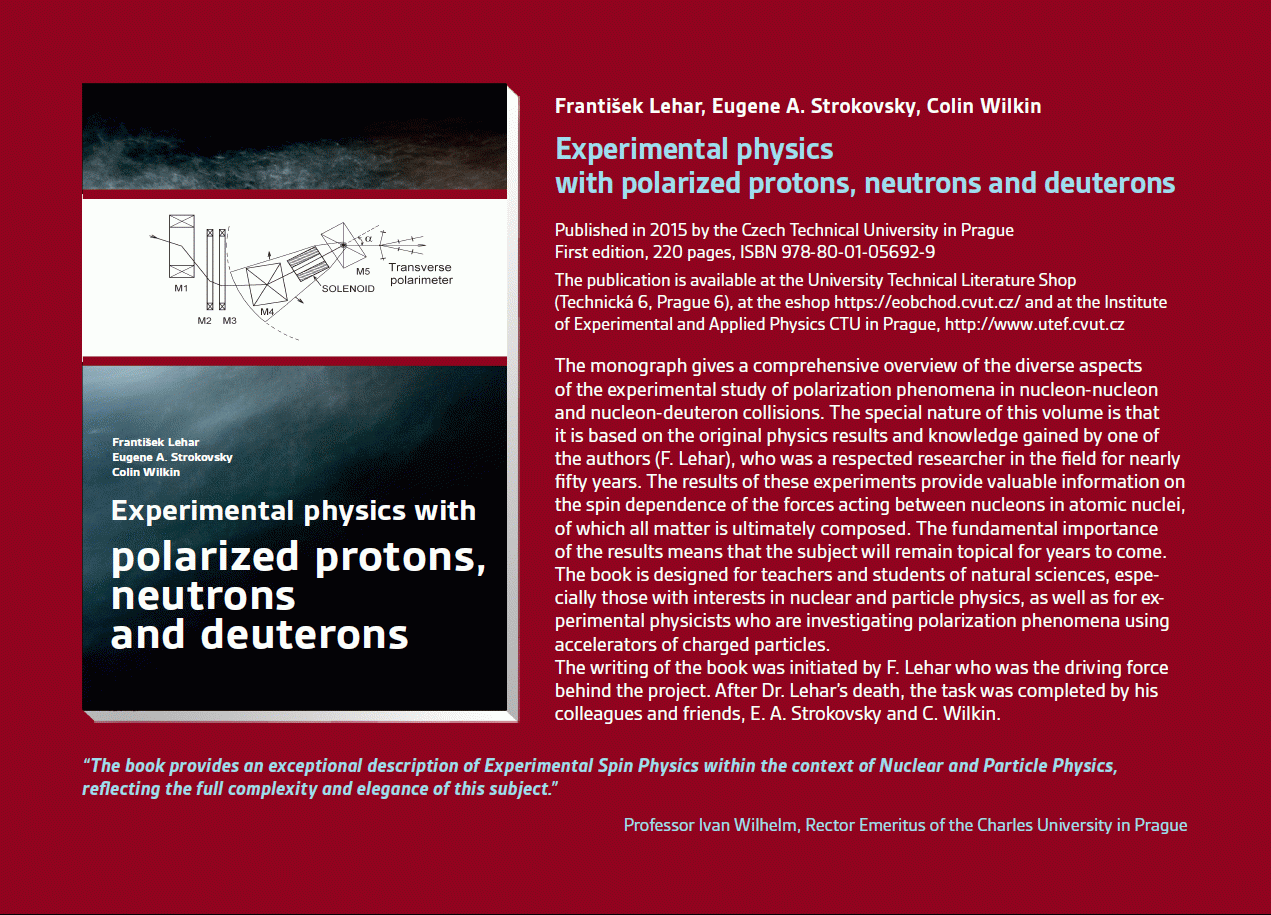 Experimental physics
with polarized protons, neutrons and deuterons
Experimental physics
with polarized protons, neutrons and deuterons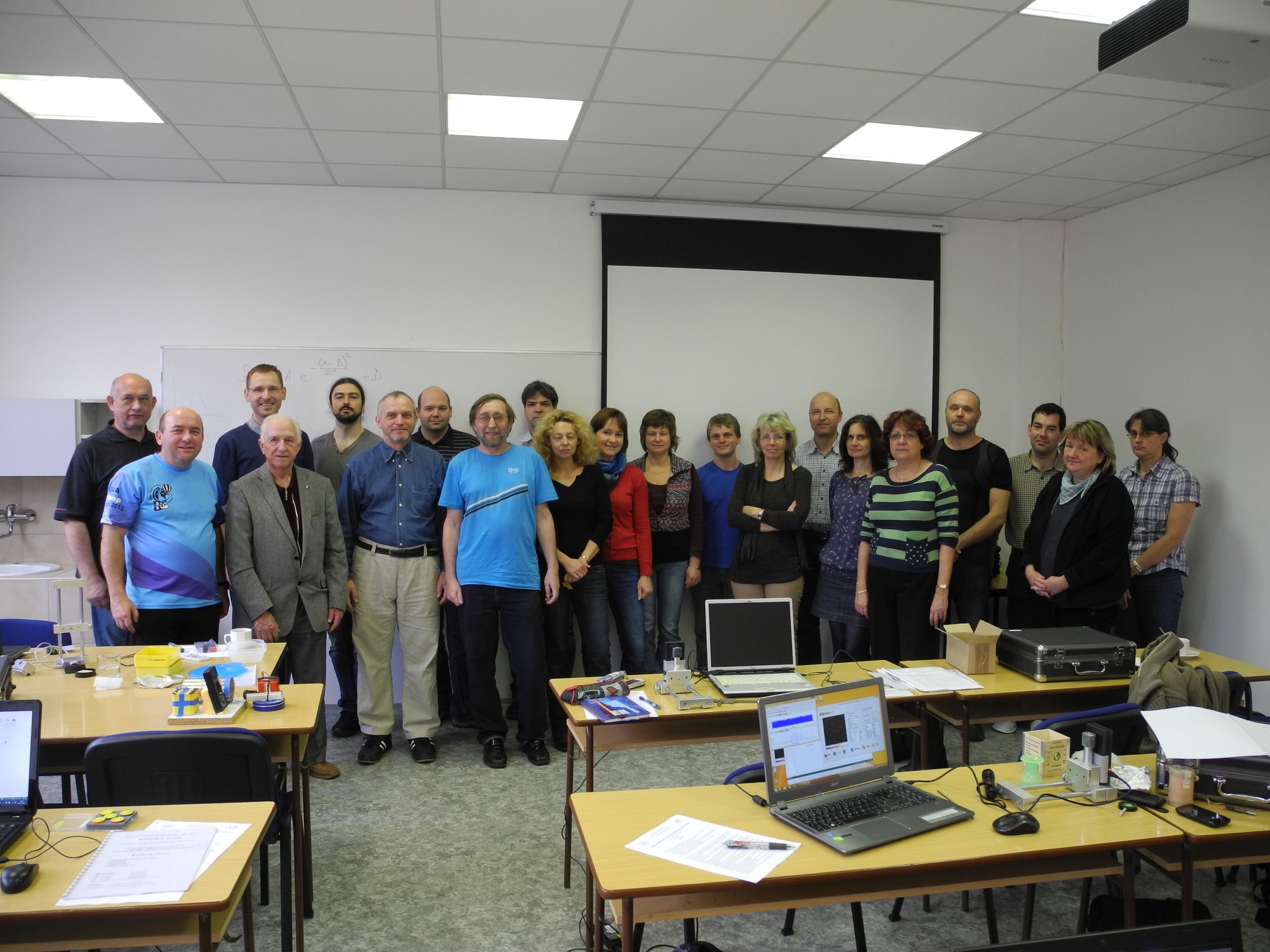 Progressive detection methods in atomic and particle physics education at middle and high school level
Progressive detection methods in atomic and particle physics education at middle and high school level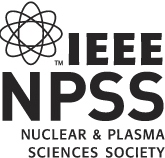 NSS MIC IEEE Conference
NSS MIC IEEE Conference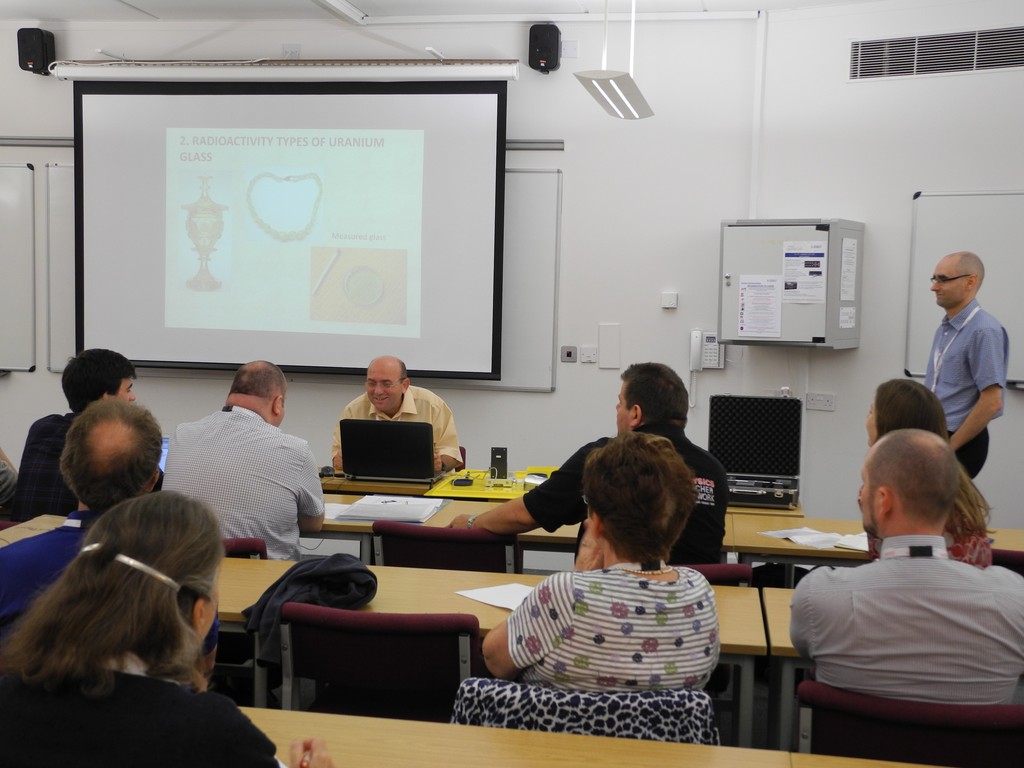 SEPnet, CERN@school Conference
SEPnet, CERN@school Conference Lovci záhad - natáčení ČT ve spolupráci s ÚTEF
Lovci záhad - natáčení ČT ve spolupráci s ÚTEF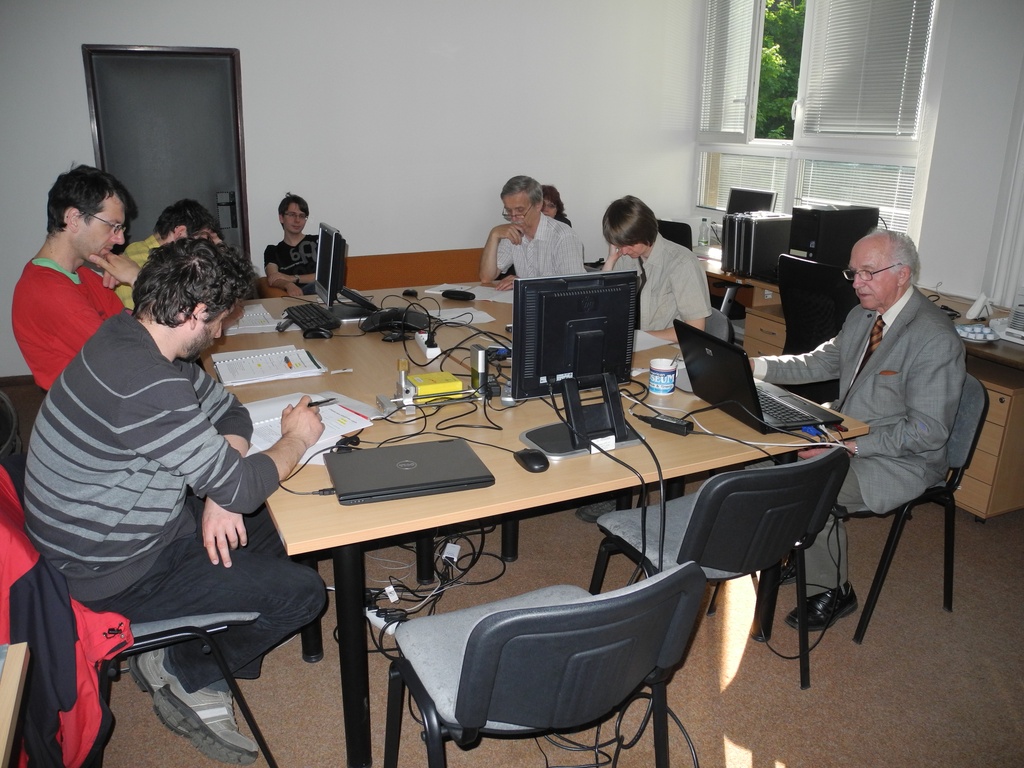 Advanced detection methods in atomic and subatomic physics education.
Advanced detection methods in atomic and subatomic physics education. Listening to the universe by detection cosmic rays - visit of French and Czech students
Listening to the universe by detection cosmic rays - visit of French and Czech students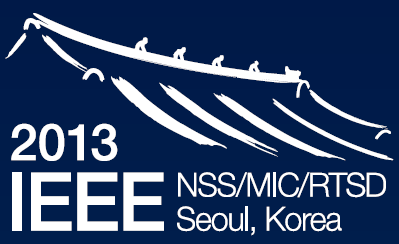 NSS MIC IEEE Conference
NSS MIC IEEE Conference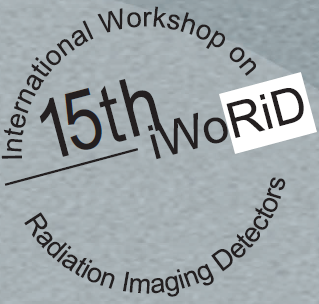 15thIWORID
15thIWORID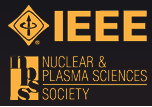 NSS MIC IEEE Conference
NSS MIC IEEE Conference